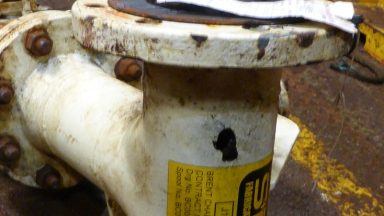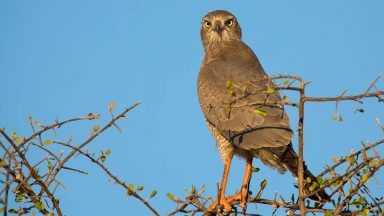A new woodland in Fife aims to capture more than 16,000 tonnes of carbon in a bid to boost biodiversity.
Created by Scottish Water, the forest in Lomond Hills, also known as the Paps of Fife, will see 48,000 trees planted on 25 hectares of former grazing land.
Oak, Alder, Hawthorn, Rowan and Birch trees have been planted across the hillside in an irregular pattern, providing contrast to the traditional rows found in commercial forests.
The utility firm aims to recreate natural habitats which have been lost over recent centuries as it works toward a target of net zero carbon emissions by 2040.
Dr Mark Williams, climate change manager at Scottish Water said: “As a publicly owned utility with a lot of land, we have a duty to support biodiversity in Scotland which can also help capture carbon in natural ways to support our net zero goals.
“We don’t have enough of this native, ancient type of woodland across Scotland and by delivering projects like this across suitable parts of our land, we can do our bit in helping to bring it back.
“The new woodland will capture a huge amount of carbon equating to around 8-10 tonnes per hectare on average every year over the next 60 or 70 years.
“At peak growth, in 15-45 years’ time, the maturing trees may capture as much as 20 tonnes per hectare per annum.
“Collectively, over 60 years, the site could capture over 16,000 tonnes of carbon.”
Scottish Water said the new trees will not impact water supply but aims to protect the water quality in the Lomond Hills reservoirs.
Stuart McArtney, forest manager at Bell Ingram said: “We have chosen to manage the scheme in the most environmental way possible, including reducing fuel use and minimising the use of plastics.
“Fully biodegradable vole guards have been installed around the base of the trees which don’t need to be removed once the tree gets larger and they do not risk shedding microplastics into the environment.
“Deer fences and rabbit netting has been installed to help protect the young trees.
“Not only will the scheme contribute to Scottish Water’s Net Zero ambitions, but it will be great for people and the environment.”
Follow STV News on WhatsApp
Scan the QR code on your mobile device for all the latest news from around the country


























